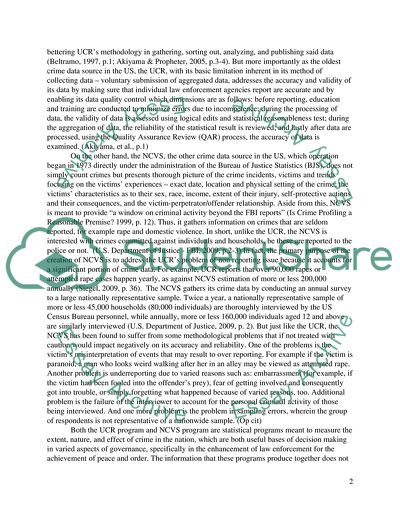Cite this document
(Two Primary Crime Data Sources in the US Essay Example | Topics and Well Written Essays - 2000 words, n.d.)
Two Primary Crime Data Sources in the US Essay Example | Topics and Well Written Essays - 2000 words. https://studentshare.org/law/1729684-crime-data-sources
Two Primary Crime Data Sources in the US Essay Example | Topics and Well Written Essays - 2000 words. https://studentshare.org/law/1729684-crime-data-sources
(Two Primary Crime Data Sources in the US Essay Example | Topics and Well Written Essays - 2000 Words)
Two Primary Crime Data Sources in the US Essay Example | Topics and Well Written Essays - 2000 Words. https://studentshare.org/law/1729684-crime-data-sources.
Two Primary Crime Data Sources in the US Essay Example | Topics and Well Written Essays - 2000 Words. https://studentshare.org/law/1729684-crime-data-sources.
“Two Primary Crime Data Sources in the US Essay Example | Topics and Well Written Essays - 2000 Words”. https://studentshare.org/law/1729684-crime-data-sources.


